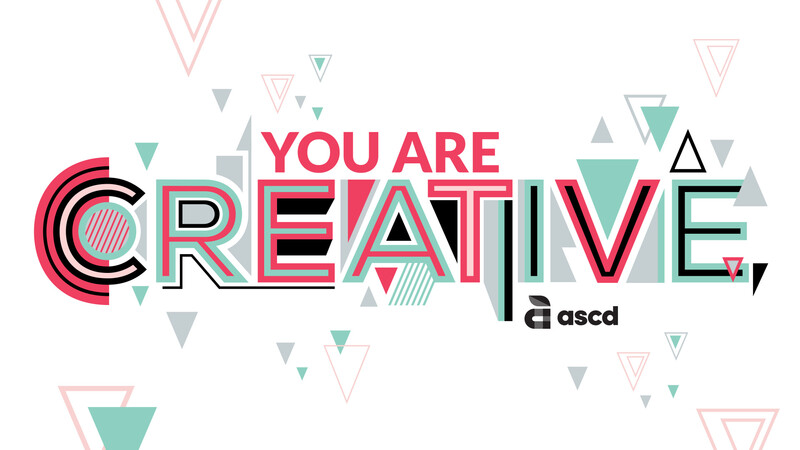May 1, 2014
•
5 min (est.)•
Vol. 71•
No. 8Art and Science of Teaching / Problem Solving in Seven Steps
Credit: 2021
With the recent focus on college and career readiness and 21st century skills—the skills students need to be successful in school and beyond—the importance of teaching problem solving seems self-evident. Over the decades, my colleagues and I have developed a number of models for teaching students how to effectively solve problems.
Using the following steps, teachers can guide students through the problem-solving process.
When students encounter an obstacle to a goal, they need to ask themselves, Is the goal important to me? Someone may feel the need to exercise by taking a brisk walk outside but be prevented by icy conditions. This is a problem, but it's not very important in the grand scheme of things, so the person can most likely ignore it. This first step makes students aware of the fact that not all problems are worth the energy and time it takes to solve them.
But let's say a senior in high school has failed the first two quarters of a required course. She needs a passing grade of D or higher to graduate. She has a big potential problem here, one she can't ignore: Unless she brings up her grade, she may not graduate with her class.
This step addresses the negative self-talk that often occurs when people encounter a problem. Although such self-talk is natural, it can have a detrimental effect on one's ability to solve problems. Teachers can help students overcome this tendency by replacing negative self-talk with positive self-talk. Have students affirm such useful beliefs as, There are a number of ways to solve the problem, help is probably available, and I can solve this problem if I'm willing to work at it.
This step prompts students to clarify what they need to do to overcome the obstacle. For example, concerning the problem of the student who risks not graduating, the obstacle is clear—her failing grade. Now the student must move into identifying possible solutions. She might consider not doing anything at all, thinking that if she fails the course, she could make it up over the summer and graduate at a later date. Or she might decide to meet with her teacher to discuss options for bringing up her course grade so she can graduate on time.
A specific solution might well address the obstacle, but it might not be easily accomplished. For example, the student at risk of not graduating may realize that she needs to change her study habits but that she doesn't know how. This step also introduces the concept of seeking help. The person might decide to meet with the teacher to brainstorm ways she might improve.
Some solutions might have a chance of succeeding but carry a fair amount of risk. For example, the student could try her "let's wait and see" solution, not changing her work habits in any way and just hoping for the best. But if she doesn't improve her work habits in that class, it's quite possible she'll fail and not graduate—a big risk to run.
Clearly, a good solution is meeting with the teacher and deciding on one or two approaches that have the most chance of success. The student may decide to come after school one day each week and work with the teacher for 30 minutes or to start reviewing her notes before each test.
This step directs students to continually monitor how well their selected solution is working. If it's clear that the solution has failed or is failing, the student then selects another one. The student who risks failing may review her notes before a test but still get a bad grade on that test. In discussion with the teacher, she might realize that she needs some guidance concerning how to take good notes. Perhaps she'll run her notes by the teacher during their after-school sessions to see how she can improve at note taking.
This step helps students understand that effective problem solving is sometimes an iterative process of working through various possible solutions. In the absence of such understanding, they may get easily discouraged.
This step introduces the concept of revaluing, a strategy that effective problem solvers use when they can't find a solution to a problem that blocks them from reaching a goal. Revaluing involves identifying an alternative goal they can reach.
Perhaps the student has set the lofty goal of getting a B in the problematic course in the next quarter but sees that she can't hit it. Rather than getting demoralized and giving up, the student might set a more realistic goal of getting a C, which will still enable her to graduate on time, and she can work toward that end with greater confidence and success.
Teachers should make instruction in problem-solving strategies an explicit part of K–12 education. The model provided here, which teachers can adapt to fit a variety of situations, should provide students with a crucial skill set they can use throughout their lives.
End Notes
•1 See, for example, Marzano, R. J., & Heflebower, T. (2012). Teaching and assessing 21st century skills. Bloomington, IN: Marzano Research Laboratory; Marzano, R. J. (2007). The art and science of teaching: A comprehensive framework for effective instruction. Alexandria, VA: ASCD.
•



